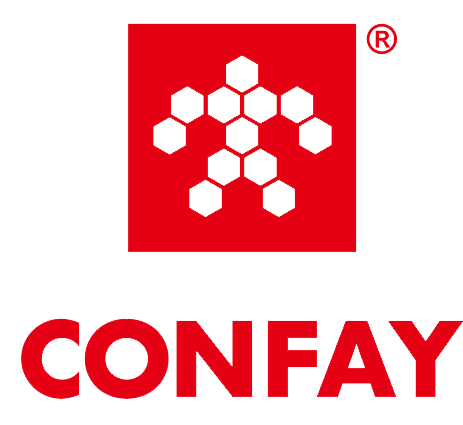What is a Reactive Hot Melt Adhesive?
In the world of adhesives, understanding the different types available can significantly impact the quality and durability of your projects. One such type that has gained recognition in various industries is the reactive hot melt adhesive (RHMA). This article delves into what RHMA is, its benefits, applications, and why it might be the ideal choice for your bonding needs.
What is Reactive Hot Melt Adhesive?
Reactive hot melt adhesives are advanced adhesives that combine the properties of traditional hot melt adhesives with reactive components. These adhesives are applied in a molten state and solidify upon cooling, similar to standard hot melts. However, what sets them apart is their ability to undergo a chemical reaction during the curing process, significantly enhancing their performance.

Key Components
Reactive hot melt adhesives typically contain:
Thermoplastic Polymers: These provide the initial bonding properties.
Reactive Agents: Commonly isocyanates or epoxy resins, which initiate a chemical reaction that strengthens the bond.
Benefits of Reactive Hot Melt Adhesives
1. Superior Bond Strength
One of the primary advantages of RHMA is its enhanced bonding strength. The chemical reaction during curing creates a more robust bond compared to non-reactive hot melts. This is particularly beneficial in applications where durability is crucial.
2. Heat and Environmental Resistance
Reactive hot melt adhesives exhibit excellent resistance to heat, moisture, and chemicals. This makes them suitable for use in challenging environments, such as automotive and construction applications, where exposure to various elements is common.
3. Rapid Application
Like traditional hot melts, RHMA can be applied quickly. This is a significant advantage in high-speed production environments, allowing for efficient workflows without sacrificing bond quality.
4. Versatility
RHMA can bond a wide range of materials, including plastics, metals, wood, and composites. This versatility makes it a valuable option for diverse industries, from packaging to electronics.
Applications of Reactive Hot Melt Adhesives
Reactive hot melt adhesives are used across various sectors, including:
Packaging: For creating strong seals that withstand transport and handling.
Automotive: In assembling components that require durable and heat-resistant bonds.
Construction: To bond materials in environments subject to moisture and temperature fluctuations.
Electronics: For securing components that require reliable adhesion under varying conditions.
Conclusion
Reactive hot melt adhesives offer a powerful solution for those seeking strong, durable bonds across diverse applications. With their superior bonding strength, environmental resistance, and versatility, RHMA stands out as a reliable option for industries that demand high-performance adhesives. Whether you’re in packaging, automotive, or construction, considering reactive hot melt adhesives could elevate the quality of your projects.
Please feel free to contact us for more information or specific product recommendations. Our professional team of technical solution will be your strongest back up.

